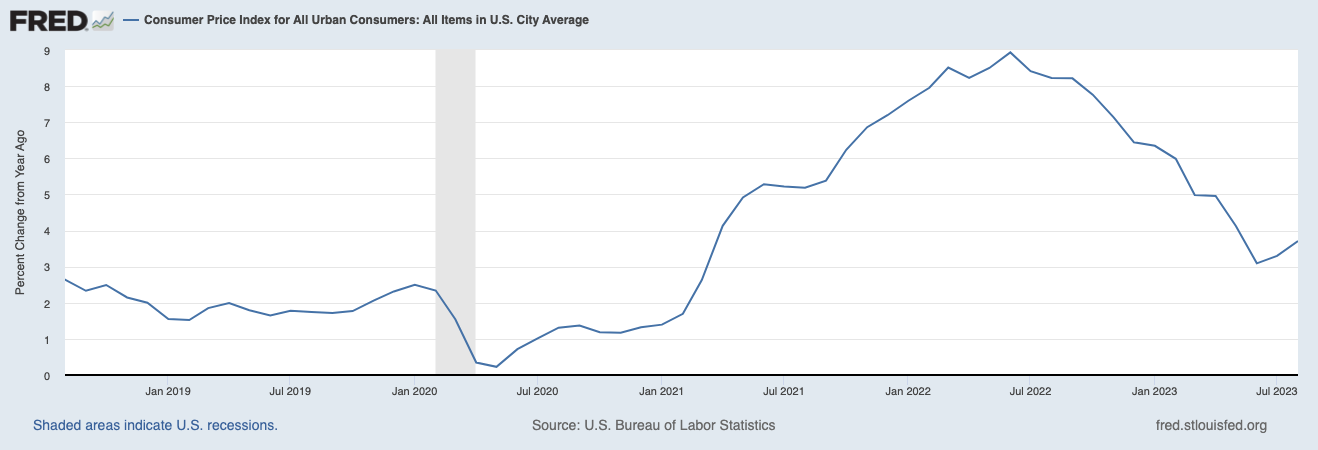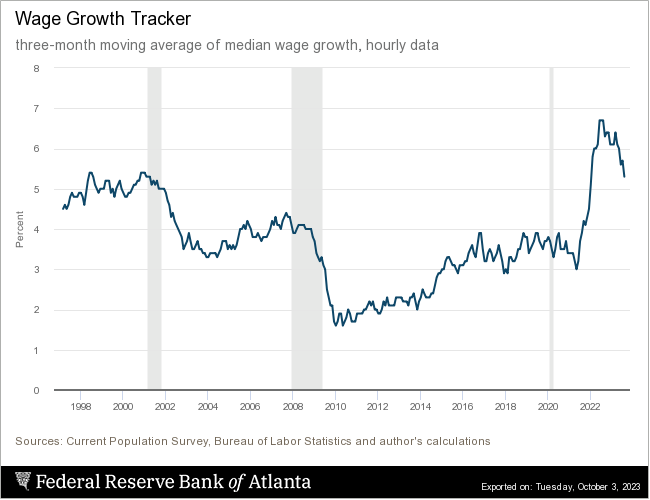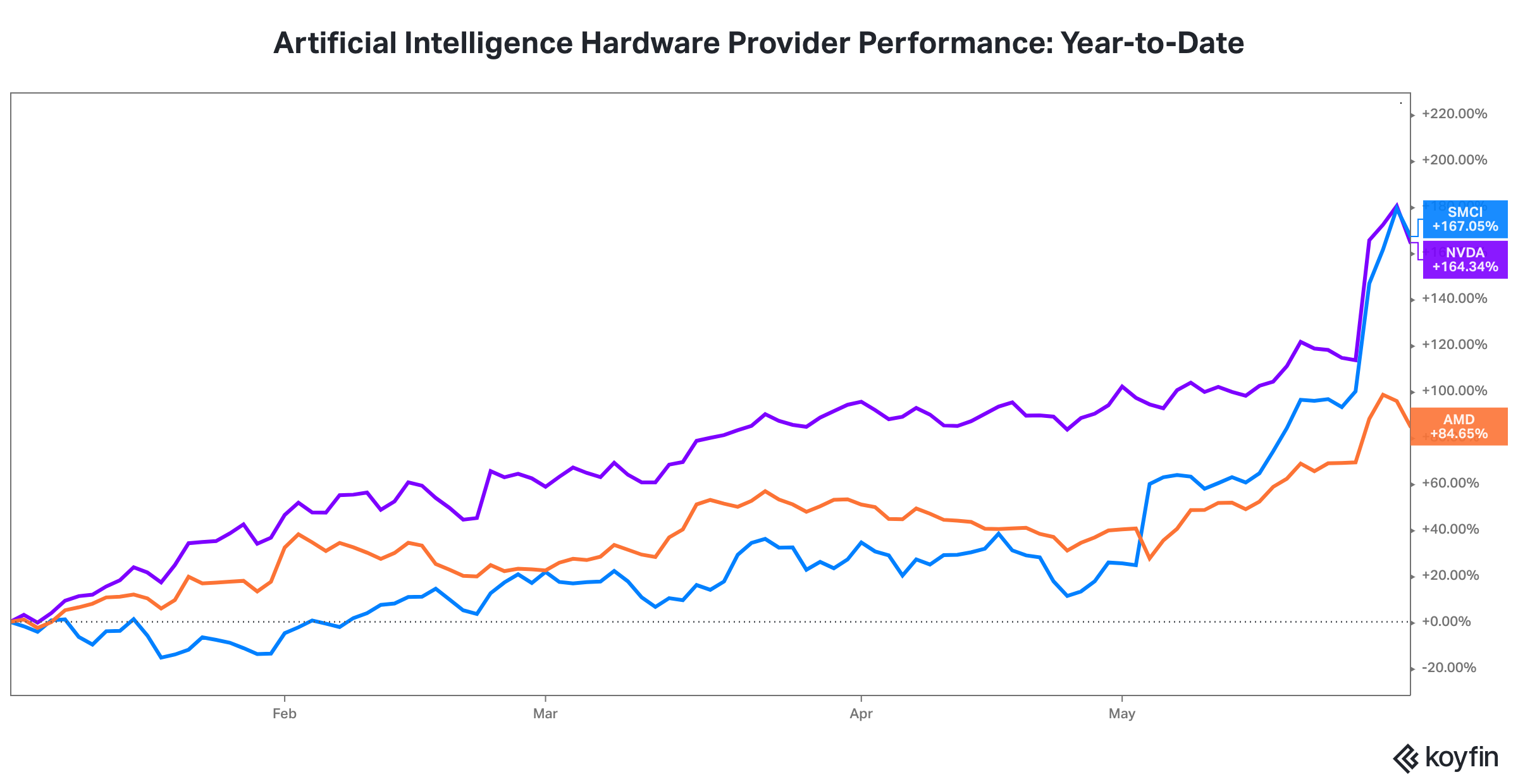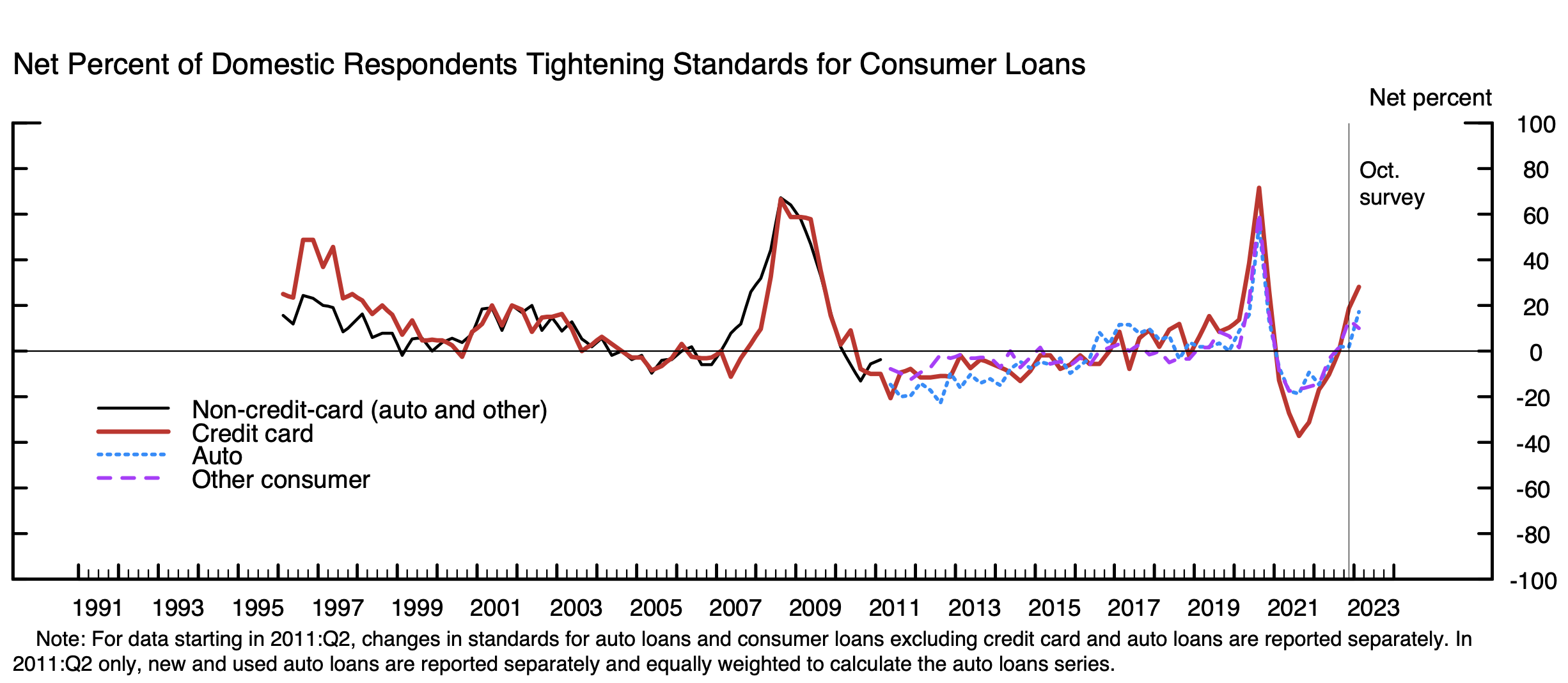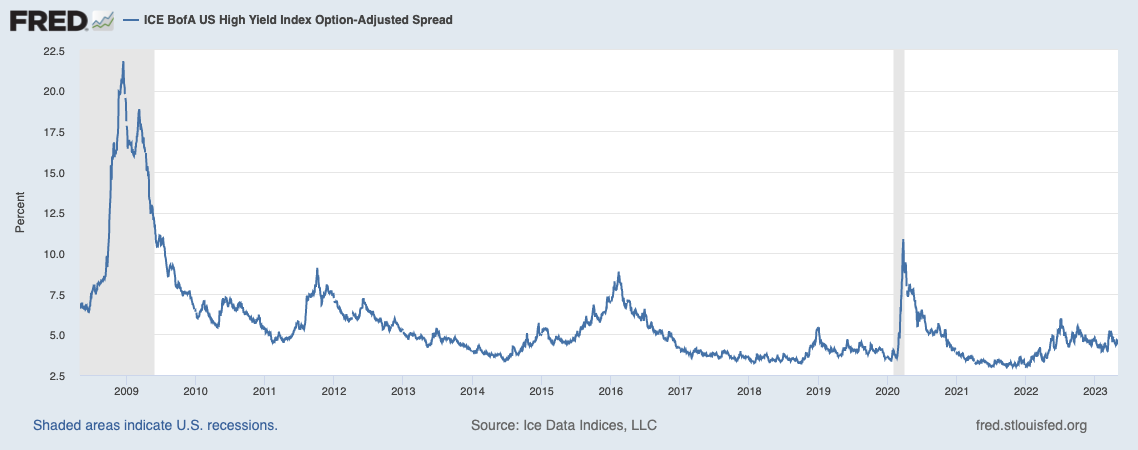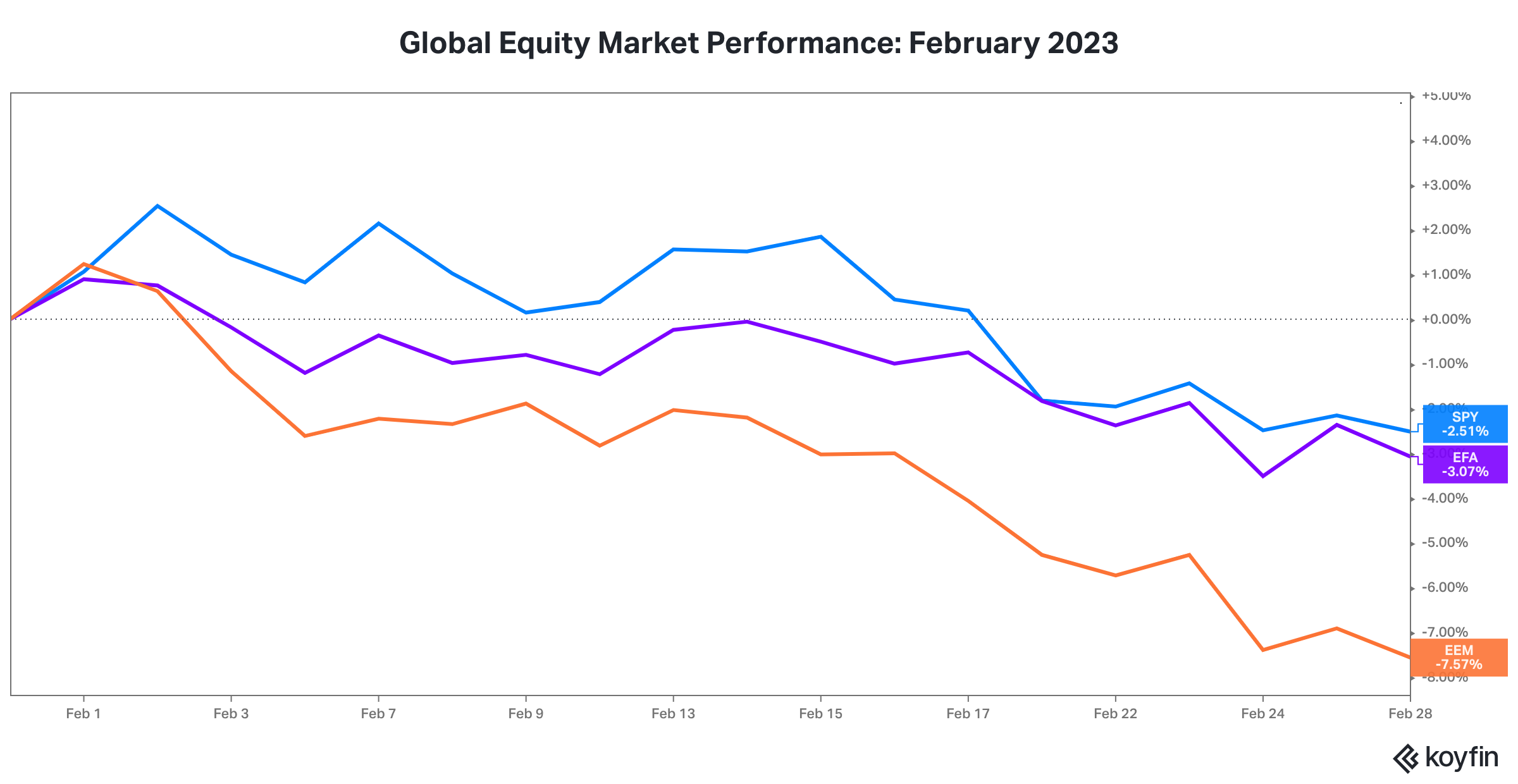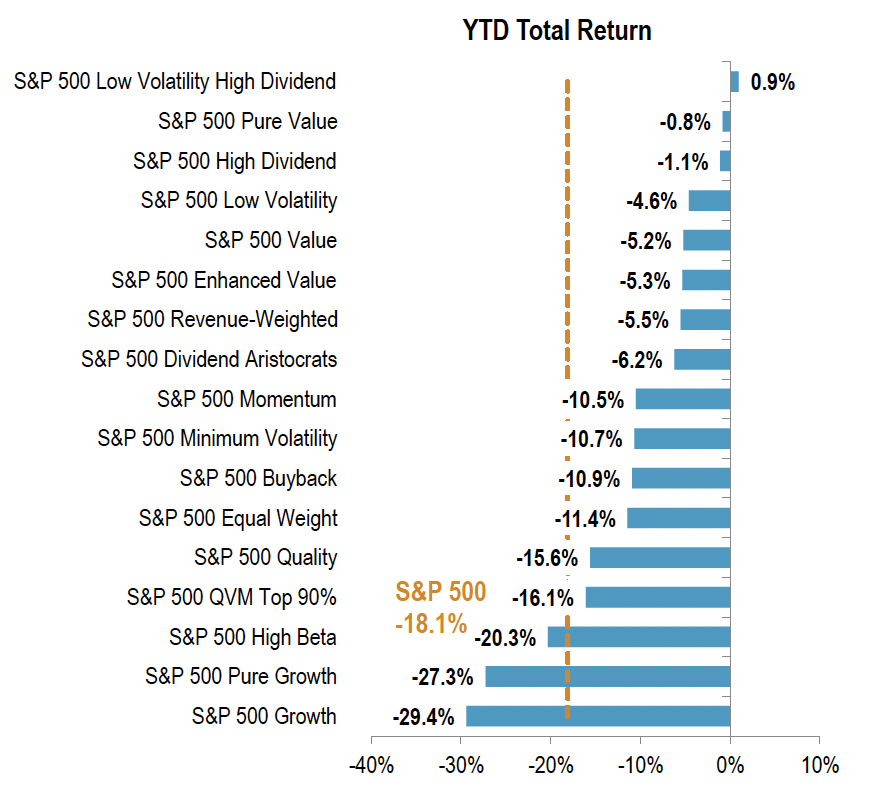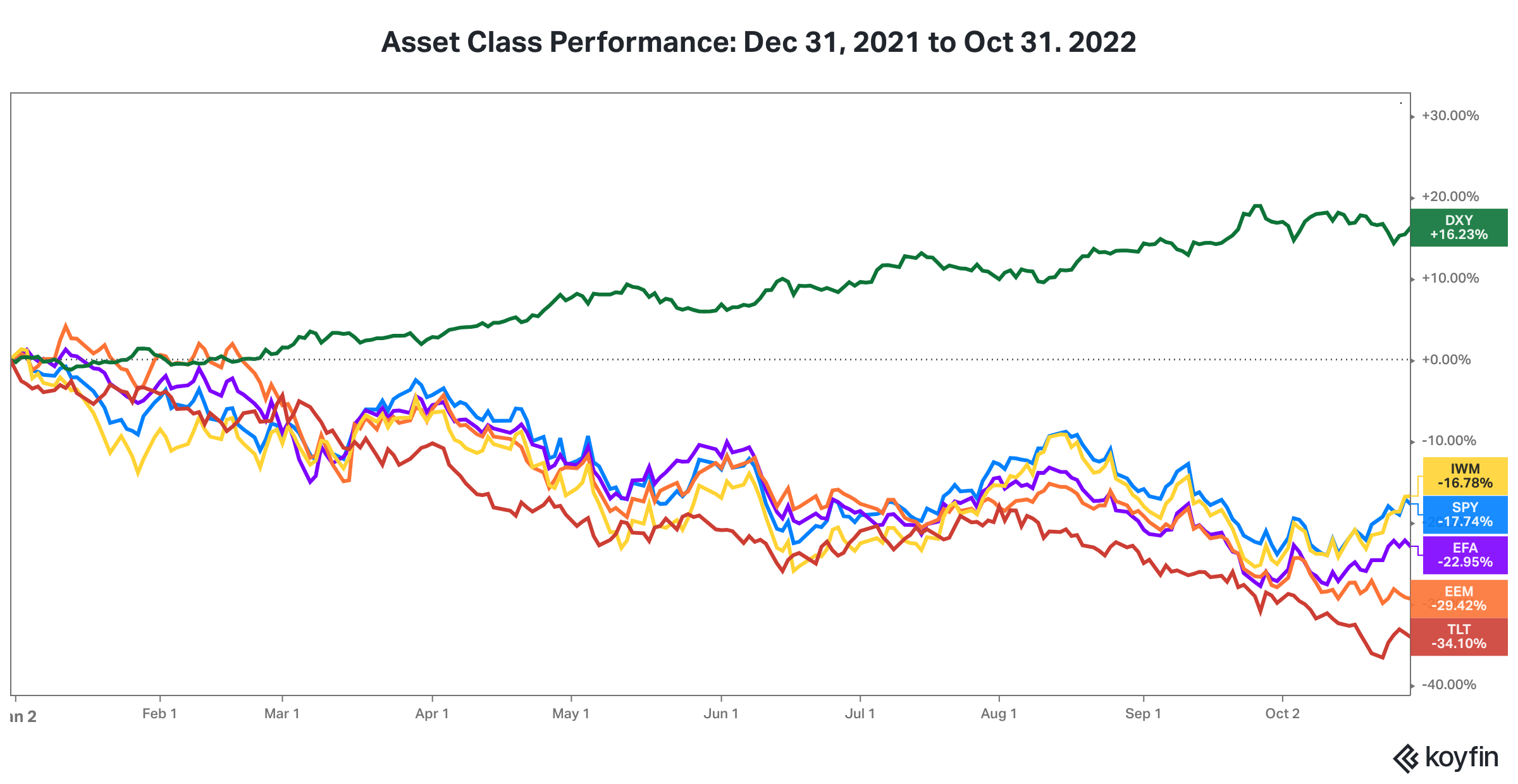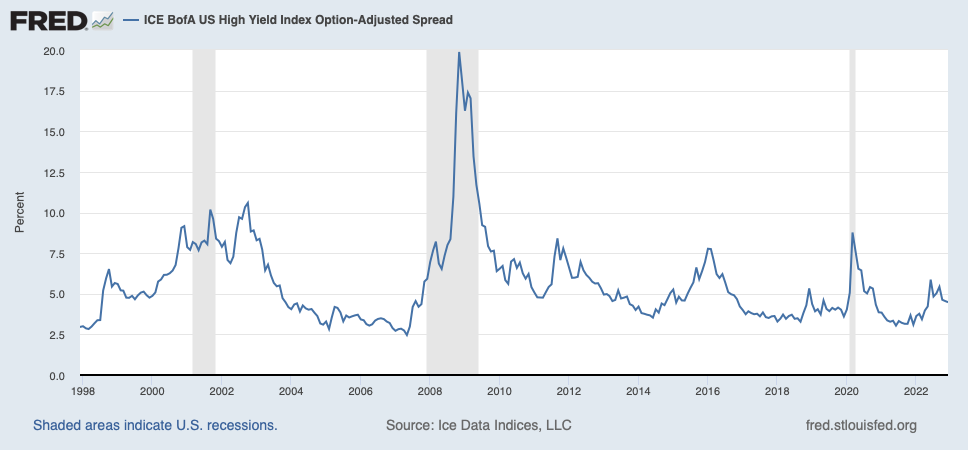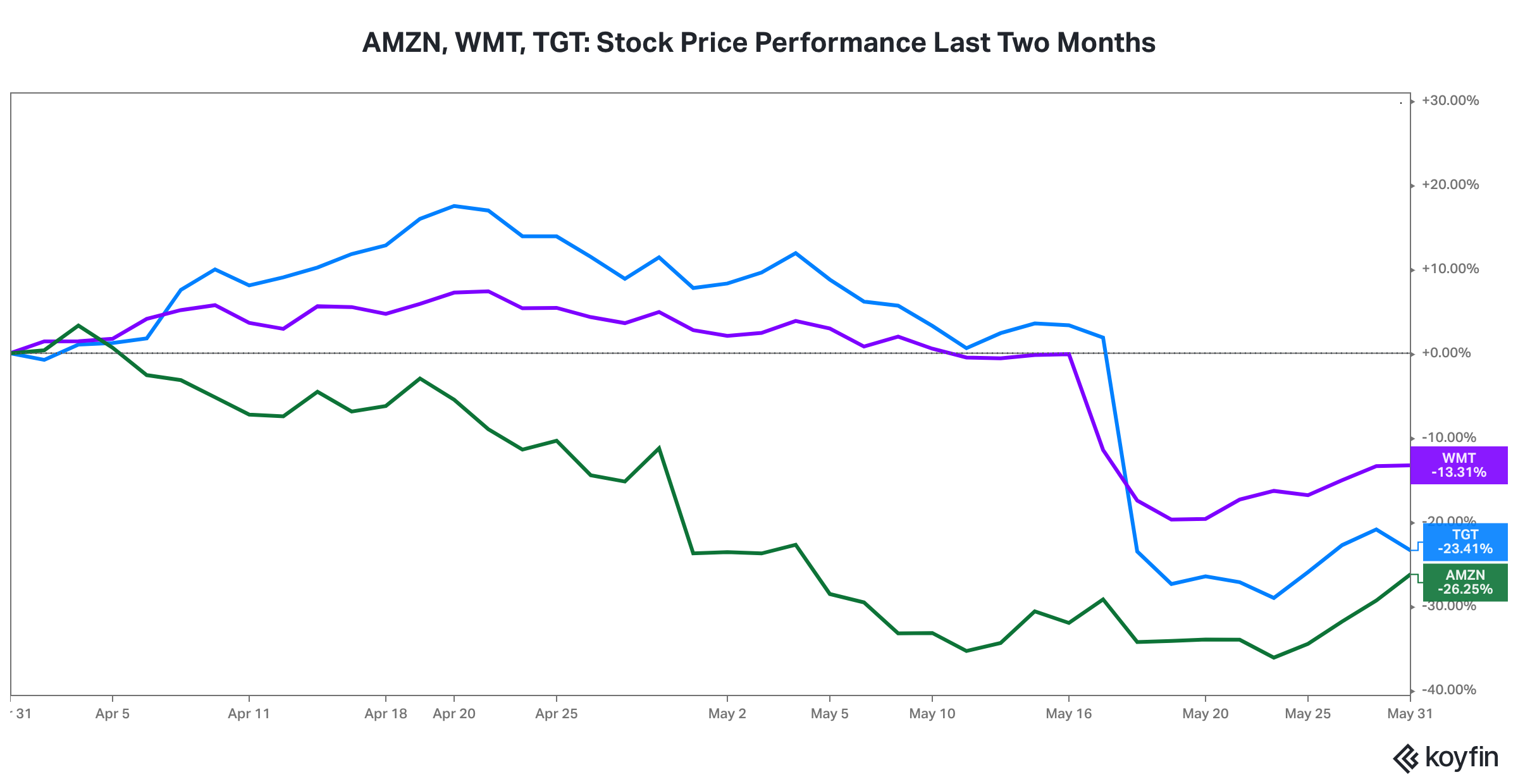1. Global equity markets rallied for the second straight month in December.
This chart shows the performance of SPY (SPDR S&P 500 Index ETF in purple), EFA (iShares MSCI EAFE ETF in blue), EEM (iShares MSCI Emerging Markets ETF in orange) and IWM (iShares Russell 2000 ETF in grey).
2. The two-month rally was swift and strong. Small cap equities led the way in the U.S. equity market.
This chart shows the performance of SPY (SPDR S&P 500 Index ETF in purple), EFA (iShares MSCI EAFE ETF in blue), EEM (iShares MSCI Emerging Markets ETF in orange) and IWM (iShares Russell 2000 ETF in grey).
3. Global equities had an excellent year, led by the so-called magnificent seven U.S. mega-cap stocks. China was the big laggard.
4. From a factor perspective in the U.S. equity market, high beta stocks were the outperformers in December and for full year 2023, while low volatility stocks were the laggards.
These charts show the performance of SPY (SPDR S&P 500 Index ETF in purple), SPHB (Invesco S&P 500 High Beta ETF in green), and SPLV (Invesco S&P 500 Low Volatility ETF in red).
5. Treasury yields declined sharply over the last two months of the year, following the historically unusual bear steepening from mid-July through the end of October.
Source: www.treasury.gov, Two Centuries Investments
6. As we repeated throughput 2023, what lies ahead for financial markets will likely be driven by the path and composition of inflation.
The concern about inflation has likely contributed to the bear steepening of the yield curve. Inflation has historically impacted equity valuation multiples. High inflation has led to lower multiples and thus lower investment returns. The composition of inflation will also impact earnings. The last few decades have been a period of low growth in labor costs and low energy costs, both major drivers of rising corporate profit margins.
The headline inflation rate has dropped to about 1% above pre-pandemic levels.
The concern is the “core” inflation rate (excludes food and energy) has proven stickier and remains 2% above pre-pandemic levels.
7. Despite the Federal Reserve raising the federal funds rate by 5% over the last twenty months, real economic growth has not collapsed, though it remains muted.
Real gross domestic product (GDP) and real gross domestic income (GDI) have diverged over the last few quarters. GDP data shows the economy humming along, while GDI data points to an economic slowdown.
8. The challenge the Federal Reserve faces is how to balance its dual mandate of maximum employment and stable (2% target) inflation.
In the current economic environment. the Federal Reserve cannot achieve its inflation target without risking a significant rise in unemployment and a recession. Because of structural supply shortages, most notably in the labor market, tighter monetary policy is less effective in reducing inflationary pressures. Tighter monetary policy operates by increasing the cost of debt capital and thus, with a lag, puts downward pressure on the demand for goods and services. The dilemma is the Federal Reserve may have to risk crushing real GDP growth (the volume of goods and services being transacted) in order to crush inflationary pressures (price of goods and services being transacted).
While the Federal Reserve Bank of Atlanta data shows wage growth across all industries continues to slow, there are many industries facing supply shortages. Over the last several months, United Airlines, American Airlines, and Southwest Airlines pilots were able to negotiate approximately 40% wage increases over the next four years. UPS union employees negotiated wage increases near 20% over five years and the UAW (United Auto Workers) negotiated 25% general pay increases plus cost-of-living adjustments over the next four years for the Big 3 auto workers.
9. Credit markets remain sanguine despite the Federal Reserve’s actions to tighten monetary policy and the multi-month bear steepening of the yield curve.
At year end 2023. high yield bond spreads had settled around 1.5% below long-term averages and well below recent peaks.
10. Overnight reverse repurchase agreements continue to decline. These agreements have served as a source of financial market liquidity. We are concerned financial market volatility may rise once the amount of these agreements outstanding approaches zero.















